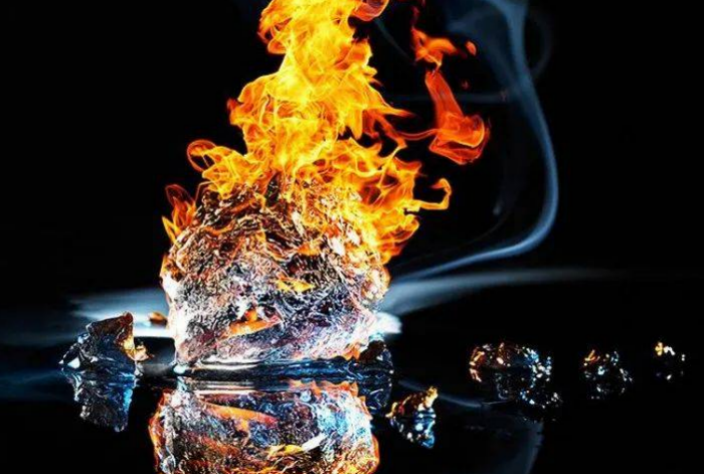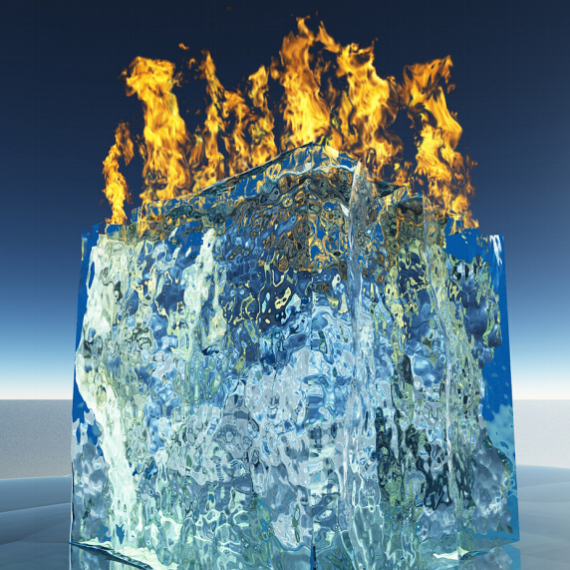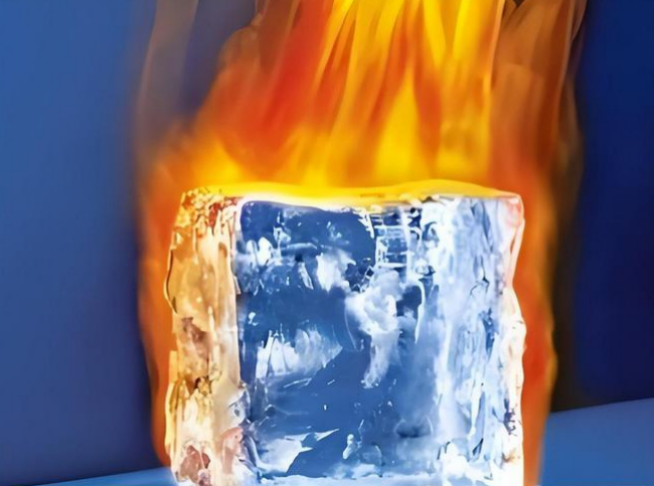The Gradual Disappearance of Combustible Ice and Its Hidden Trouble
Have you ever heard of "frozen flames"? This is not a concept from a science fiction novel, but a description of combustible ice a magical energy resource. It looks like ice but holds vast amounts of methane energy. Once hailed as the "treasure of future energy", combustible ice was once believed to be the saviour of our energy crisis. However, surprisingly, this potential energy resource is quietly disappearing. So, what is causing this "energy goldmine" to slowly vanish?

What is combustible ice? You can imagine it as a "frozen flame", both ice and full of burning potential. Combustible ice is a sort of natural gas hydrate that is created at high pressure and low temperature. It is mostly made up of water and methane. It is typically found on the cold seabed or beneath ice layers in polar regions. In simple terms, combustible ice is like a
"firestarter deep within the Earth, and once thawed, it releases large amounts of methane gas that can be used as natural gas. On the surface, as a clean energy alternative, it seems perfect. But in recent years, researchers have found that there is a silent decline in the amount of flammable ice. In some regions once rich in combustible ice, the resource is now nearly exhausted What exactly is happening here? This must start with climate change.
The "warm embrace" that nature has given to Earth, the rising temperature of the oceans, is like adding heat to the "frozen flames", which has significantly weakened its stability. This phenomenon is fatal to combustible ice. When seawater warms up, methane trapped in the ice begins to release and transform into gas, which not only leads to the disappearance of the combustible ice but is like putting a huge block of ice in the sun—it melts rapidly, and the solid ice instantly turns to water, with the energy contained in the water dissipating as it evaporates.

But climate change is not the only hidden driver. Ocean acidification is another key factor accelerating the disappearance of combustible ice. The process of ocean acidification is like adding a bit of "sourness" to seawater. Due to massive greenhouse gas emissions, carbon dioxide has not only accumulated in the atmosphere but also dissolved in seawater, turning it into carbonic acid. This change raises the acidity of seawater, much like adding more acid to water, making it increasingly corrosive. The appearance of acidic seawater has a deadly impact on combustible ice. The stability of combustible ice depends on the calcium compounds in the hydrate, and ocean acidification destroys these structures, causing the combustible ice to lose its solid form and disintegrate rapidly. Ocean acidification can be seen as a "corrosive agent" to combustible ice, making it dissolve invisibly and disappear without a trace.
Over-exploitation has also laid the groundwork for the disappearance of combustible ice. Although scientists once optimistically believed that combustible ice was an "endless" energy treasure, the reality is that the resource is not infinite. Over-exploiting combustible ice is like endlessly pulling things out of what seems like a bottomless pocket, only to find the contents of the pocket eventually exhausted. It's like extinguishing a fire, but unintentionally scattering embers everywhere, making the fire more intense. Meanwhile, the disappearance of combustible ice also means losing a huge source of energy.

The disappearance of combustible ice is not just an energy problem, it is also a mirror reflecting global environmental changes. It reminds everyone that there is a limit to the resources on Earth. Hopefully, one day we will find a new "frozen flame" to inject new hope into the future of the energy revolution.
(Writer:Dirick)





